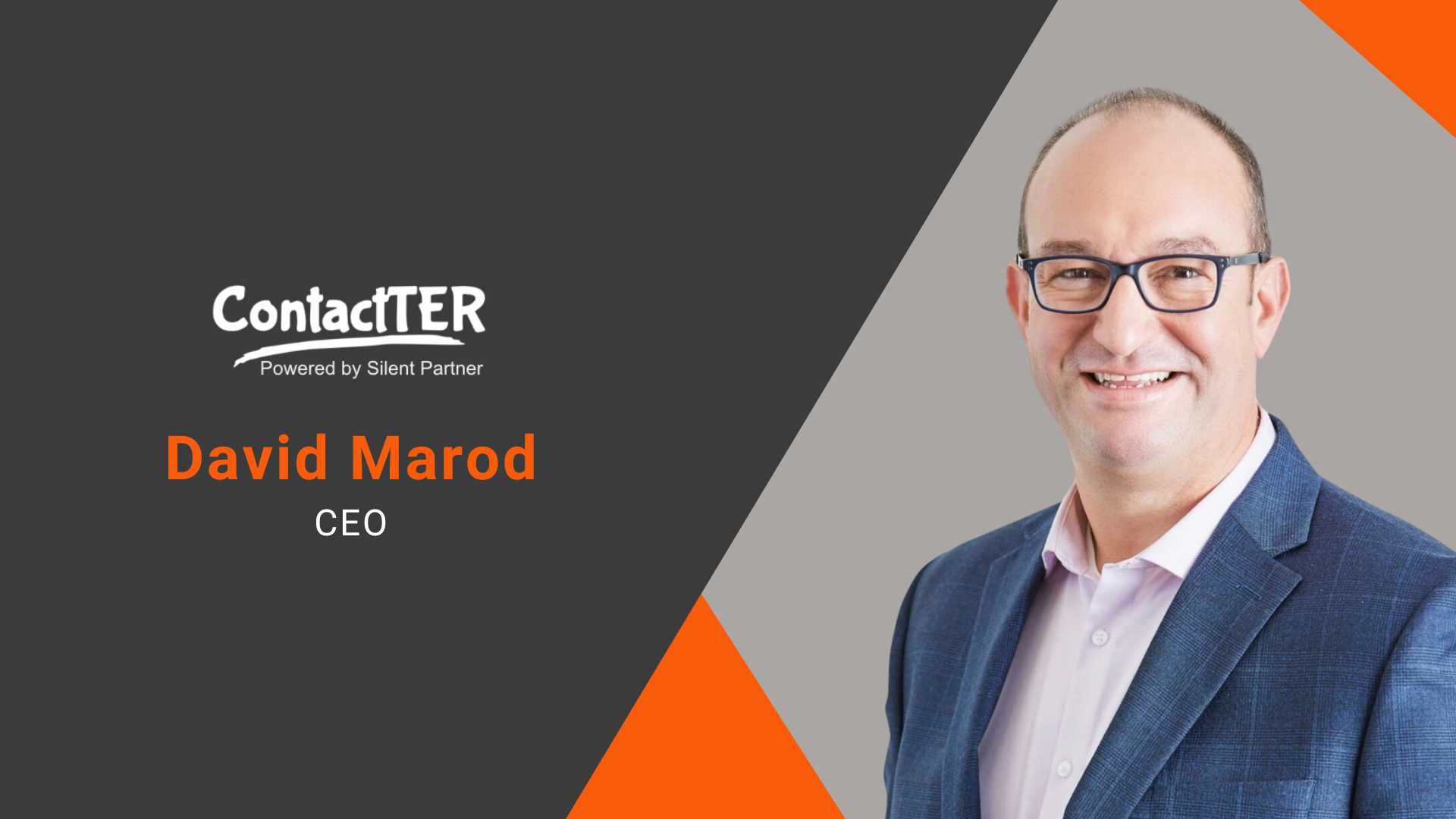
Interview
Zefr Awarded New U.S. Patent for AI-Powered Content Classification Process
marketing 24 Dec 2025
Silent Partner’s Contactter.ai Platform Counters the Auto Industry’s Lead Follow-Up Crisis
marketing 24 Dec 2025
Why has lead follow-up become the automotive industry’s most overlooked threat to revenue growth?
How does fragmented communication across SMS, email, and phone impact dealership sales performance?
How can unifying communication channels into a single platform enhance consistency and solve the inefficiencies that multiple disconnected tools create?
How does Silent Partner’s Contactter.ai platform provide instant, dealership-specific communication while improving response time?
How does Contactter.ai perform as an “AI Closer” to reshape the customer journey from first contact to final sale?
How can AI-driven engagement rebuild trust and consistency with customers in a way humans alone cannot?
How Great Customer Service Is the Best Marketing Tool
marketing 22 Dec 2025
Connecting to Customers
Personalizing Customer Service
Keeping Employees Happy
Using New Technology
Maintaining Brand Recognition
Conclusion
Beyond Clicks and Conversions: Why Full-Funnel Visibility Is the Next Frontier in Ad Automation
marketing 19 Dec 2025
Digital advertising has been dominated by short-term metrics for years, with a heavy focus on clicks, conversions, and other lower-funnel indicators that neatly tie spend to sales. While these numbers are clear and tangible, they only tell a small part of the story.
Much like the rest of the digital world, advertising formats continue to evolve. Particularly, the rise of video and rich display media has led to the re-emergence of brand-building activity as a critical growth driver. Yet many advertisers still lack the tools to measure and optimize upper-funnel performance with the same precision as their conversion campaigns.
That’s quickly changing.
The Rise of the Upper Funnel in Digital Advertising
Upper-funnel (or “TOFU”) marketing is where demand is created. Elements like awareness campaigns, video ads, and brand storytelling all help introduce a brand to new audiences, build familiarity, and shape perception long before someone clicks “Buy now.”
Why Reach and Frequency Matter More Than Ever
Reach and Frequency, two foundational brand metrics, are experiencing a digital renaissance. They’ve long been cornerstones of traditional media planning, but in the performance-driven world of digital, they were often sidelined in favor of direct response KPIs.
How to stand out among millions of products.
marketing 17 Dec 2025
Prezzee Launches its AI-Powered Magical Moments for the Holiday
marketing 17 Dec 2025
• Crafting character voices that sound gentle, joyful, and reassuring
• Ensuring visual elements feel playful rather than synthetic
• Training the models to interpret inputs in context rather than literally
• Building guardrails so the experience always feels safe for children and families
Influence Mapping: The Secret to Higher Conversion
marketing 15 Dec 2025
This challenging task is made worse by frequent collaboration breakdowns across go-to-market (GTM) teams. A Mural survey found that 85% of GTM teams frequently experience misalignment, with 89% seeing the impact on revenue. Simply put, GTM teams need a better way to engage a complex web of stakeholders.
Accounts Are Ecosystems, Not Individuals
Moving from Contacts to Influence Networks
Creating a Tailored Message
Three Steps To Get Started
- Identify all contacts early: Don’t rely solely on a primary contact. Use influence mapping proactively to uncover all decision-makers and influencers who could impact the deal before it closes.
- Keep maps current: Roles and priorities evolve. Make it a regular practice - during weekly or monthly account reviews to update your influence map to reflect the latest dynamics.
- Maintain ongoing engagement: Don’t wait until renewal or an upsell opportunity to connect. Build relationships across multiple people and departments over time. Consistent communication uncovers new opportunities and resolves small issues before they grow.
Building Stronger Customer Relationships
The Five Data and AI Trends Reshaping Marketing in 2026
customer identity management 15 Dec 2025
Page 1 of 38
Most Recent
Zefr Awarded New U.S. Patent for AI-Powered Content Classification Process
Interview Of : Jon Morra
Silent Partner’s Contactter.ai Platform Counters the Auto Industry’s Lead Follow-Up Crisis
Interview Of : David R. Marod
How Great Customer Service Is the Best Marketing Tool
Interview Of : Jack Metallinos
Beyond Clicks and Conversions: Why Full-Funnel Visibility Is the Next Frontier in Ad Automation
Interview Of : Mitsunaga Kikuchi
How to stand out among millions of products.
Interview Of : Ilisa Wirgin
Prezzee Launches its AI-Powered Magical Moments for the Holiday
Interview Of : David Christie












